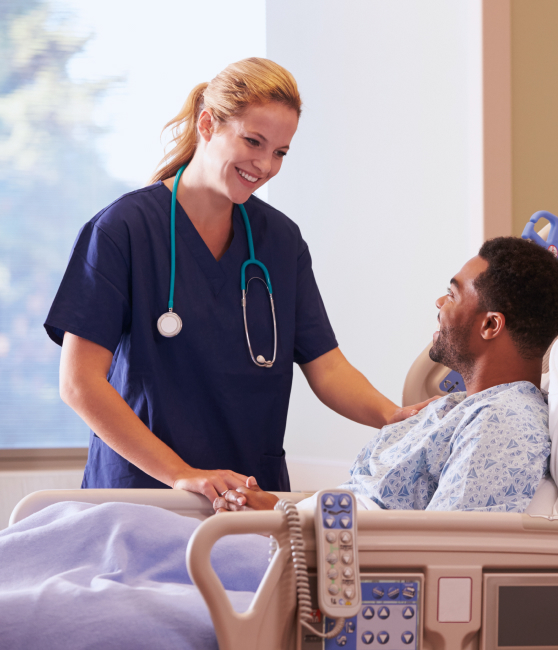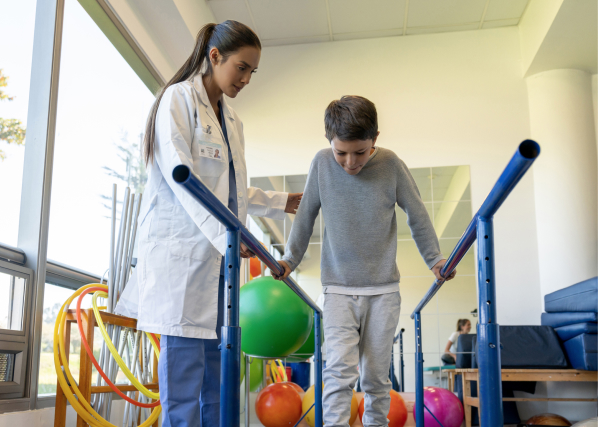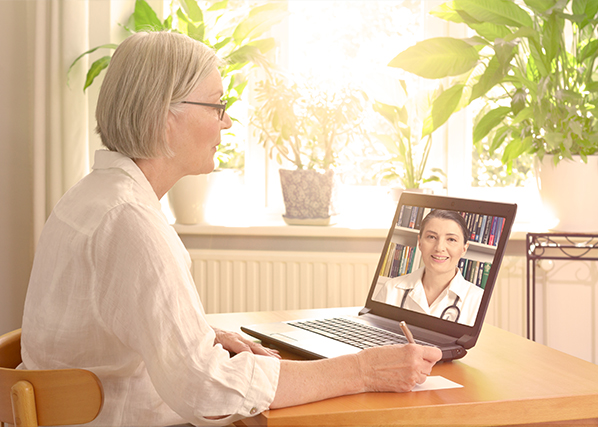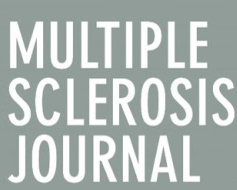


Healthcare
Unobtrusive device equipped to measure and interpret the
movements of participants, at-home or in-clinic, and present results
in an easy-to-navigate application
AMS precisely captures patient motion in their
natural environment
Passively monitors individuals 24x7, with no devices to wear
Patients can go about their daily lives normally with no system interaction required
Place the device anywhere to acquire physical biomarkers and tailor the interface to suit your specific needs
Our device is unaffected by ambient light (or dark), is independent of patient orientation, and includes redundancies against data loss
Auto-identifies each patient, so that you can quickly verify that the correct person was measured
Directly and precisely measure human motion at high sample rates ensuring that even the smallest movements are captured
Use Cases
Atlas5D technology is HIPAA compliant and can facilitate getting the data you need

Clinical Trials
AMS can be used to screen patients prior to enrollment and collect baseline data while still in the clinic. Once a patient has agreed to participate in a study, you can send them home with AMS to gather real-world evidence to pair with longitudinal study data.

Remote Patient Monitoring
Healthcare providers can use this device for post-hospital discharge both in the clinic and at home to keep track of patient progress. It’s also effective as part of routine tele-health check-ups. When talking to patients over the phone, you can have them complete specific motions in real-time or go over historical data together while logged into the portal.

Home-Based Healthcare
In-home service providers can supplement existing long-term health services with AMS. Data is captured from the home to assist caregivers in making informed decisions about an individual’s health and wellness.
How Atlas5D is capturing real-world evidence for clinical trials
Trials for Multiple Sclerosis
Dr. Turner is conducting a clinical trial for adults with multiple sclerosis (MS). She has partnered with a leading pharmaceutical company to determine if their drug improves the lives of her MS patients. One particular aspect Dr. Turner and the pharmaceutical company want to focus on is whether or not this drug improves the quality-of-life of her MS patients. It’s well known that walking speed is a key metric in MS to predict deterioration, so they decide to focus on walking measurements for each patient.

Recent Publications
Validation of an ambient measurement system (AMS) for physical activities in a pediatric population
Walking speed measurement with an Ambient Measurement System (AMS) in patients with multiple sclerosis and walking impairment
Movement measurements at home for multiple sclerosis: walking speed measured by a novel ambient measurement system
Movement measurements at home for multiple sclerosis: walking speed and cane usage measured by an ambient measurement system





